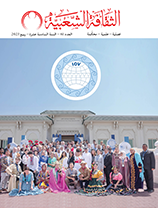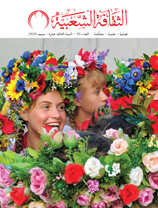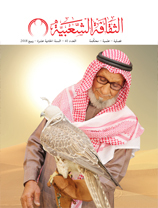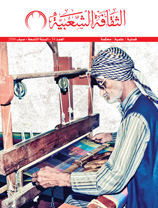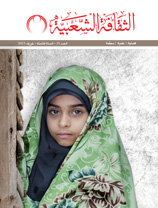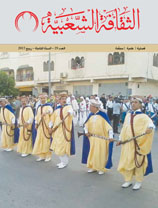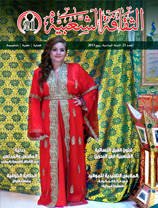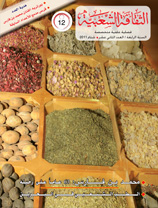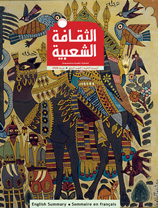Women Folklore In Popular Literature
Issue 11

Abdel-Hamid Hawass (Egypt)
This call is promoted when the elite apprehended the influence made by the social and cultural consciousness on the process of development. Generally, the interest in dealing with the issue of the folklore of the woman could be classified in three directions. The first direction adopts the idea that the woman should be respected and placed in a superior status, in the family and the social life as well. The second direction highlights an inferior image for the woman on both social and moral levels. Using oral literature, this direction draws an inferior image for the woman; she is evil, unfaithful, sensual, idiot and incompetent. According to this direction the women should be excluded from the social life. Lastly, a direction adopts a religious reactionary attitude. This direction is fostered by the components of the culture which advocate and enhance such reactionary thinking. However, it is essential to activate the protection and reservation of the woman for folklore. This activation could be realized by creating the environment in which folklore reacts with life. Yet, this reservation is achieved through mastering the performance of certain genres only by a specific group of woman. So we are going to notice that the content of the prevailing discourse adopts masculine attitudes and reproduce them creating new images which are a part and parcel of the public interest. There is, moreover, another voice, though a bit fainter and has a content which contradicts with those of the prevailing voice. This voice indicates a level of the woman consciousness different from the dominant consciousness. Furthermore, this voice in many cases applies tricks and stylistic devices to express the hidden and unsaid. To sum up any voice has its own eloquence and means of expression.











